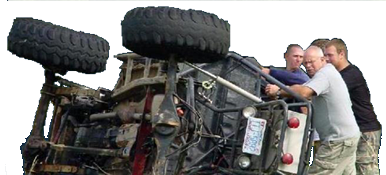orange150
Well-Known Member
- Joined
- Mar 20, 2005
- Location
- Fairfax City, VA
so researching what "sprung mass" is i found that it is the mass above the springs (and anything below is unsprung mass) so how do you go about determining what your "sprung mass" is.
all this is for that dern 4-link calc by the way
thanks
all this is for that dern 4-link calc by the way
thanks




